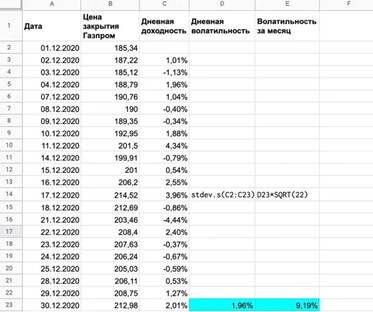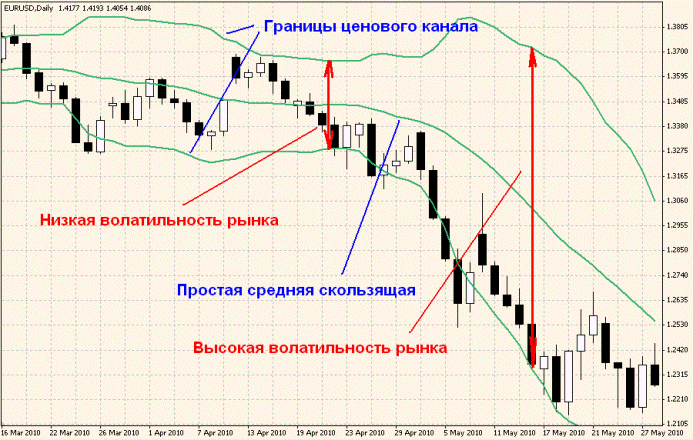What is volatility in the stock market, low and high volatility, calculation and analysis. The concept of volatility can often be found in the vastness of trading. Because it is very popular there. This term most often means making successful transactions and a positive forecast for the movement of various assets. From this we can conclude that volatility is a rather important part in trading, without which it is possible to simply not understand what the participants of any market are talking about. 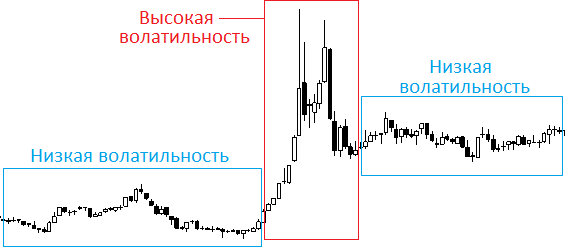
Volatility is the fluctuation in the prices of various assets in the exchange market. Depending on its position, it can be high and low, this position depends on the gap between the maximum and minimum gap in the value of positions.
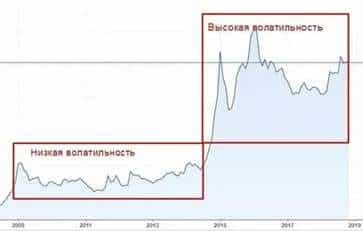
What affects volatility
Volatility is affected by a fairly large number of external and internal factors. This includes: various global and corporate events, macroeconomic factors, investment market news, as well as investor sentiment. For example, if a group of large and medium-sized investors has even the slightest doubt about assets, they begin to sell them en masse, and it is from this that volatility grows. The most frequent and important factors and cases why volatility is growing will be presented below. Here are some of them:
- Important economic, market and political events . This factor includes the various prohibitions of one country against another, or the prohibitions of one large company against another.
- Economic and Political Developments . This factor has the greatest impact on volatility. And also this factor can be divided into two large groups:
- Macroeconomics . This group represents all the information about the unemployment rate, GDP dynamics, base interest rates, inflation, monetary conditions, and so on.
- Geopolitics . And this group includes absolutely all the information about elections, about civil servants, about sanctions, and so on. Basically, these are the most significant and most important events in the world that greatly affect the stock and exchange market, and can also cause its volatility.
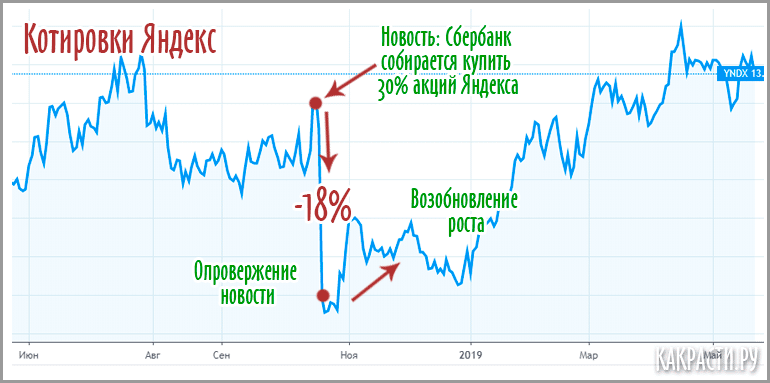
- Company reporting . Also, the volatility of the products of a particular company can be affected by their financial statements, product reviews or information about the introduction of significant new products, the day of the investor, and so on. This is also a fairly popular reason for changing volatility, as companies often have some kind of unforeseen events and situations.
- News and Various Popular Rumors . This reason is also quite popular, as there are always a lot of rumors in the media that can affect the increase or decrease in volatility. For example: after information appeared on the Internet that Yandex was buying out Tinkoff Bank. Based on these rumors, the volatility of the shares of Yandex and Tinkoff immediately increased and almost reached its maximum position.
- Market manipulation . This reason is based on the actions of large businessmen and market makers, who, with their decisions, have a major impact on the position of volatility in the exchange and stock markets. But we must also not forget that not only popular people who have great power over society and their opinion can influence volatility, but also ordinary users of social networks. But before you carry out such manipulations, we must not forget that these actions can lead to certain not very good consequences. Although it is difficult to prove them, it is better not to risk your reputation.
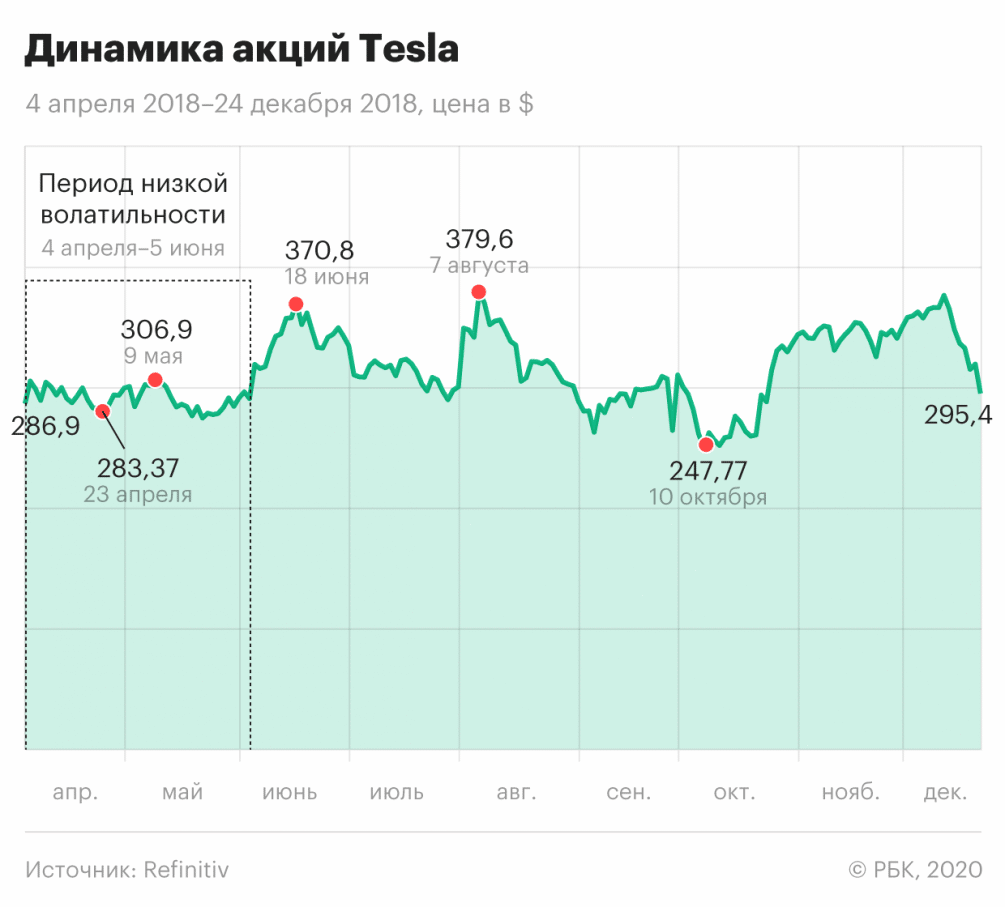
Positive and negative aspects of volatility
Every self-respecting investor should be aware of the pros and cons of each of the concepts in the stock market. That is why, as in every concept, volatility has both positive and negative sides for the investor.
Positive side
Volatility has a lot of advantages that will help investors make profitable transactions in the stock market. Here is one of the most important. When there is a drawdown in the stock market, volatility helps all investors to buy profitable and profitable assets. At the moment when the share price of a large company falls precisely because of volatility, then at this moment the multipliers become quite low and it is at this time that shares and securities can be bought at an attractive price, with big discounts.
Negative side
But volatility has its own certain disadvantages and disadvantages for the investor. But these shortcomings affect only novice investors who are afraid of volatility itself. Here are some of those cons:
- It is mainly because of the fear of volatility that investors make rather stupid and unreasonable decisions that affect their financial earnings. For example: sometimes they sell their securities and shares just when prices have fallen significantly, but already at the same time they begin to rise. It is because of this that it is necessary to carefully monitor the movement of volatility and memorize its main movements.
- Due to the movement of volatility, the total value of the portfolio can clearly decrease. This problem is quite common for investors. After all, until all assets are sold, they will be considered only losses. For investors, this is a rather heavy emotional burden, so this must be carefully monitored, otherwise it may not lead to very good consequences.
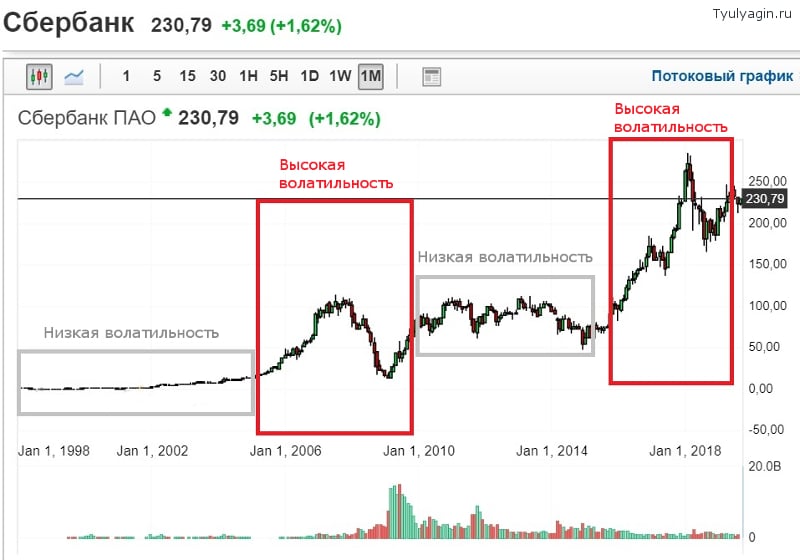
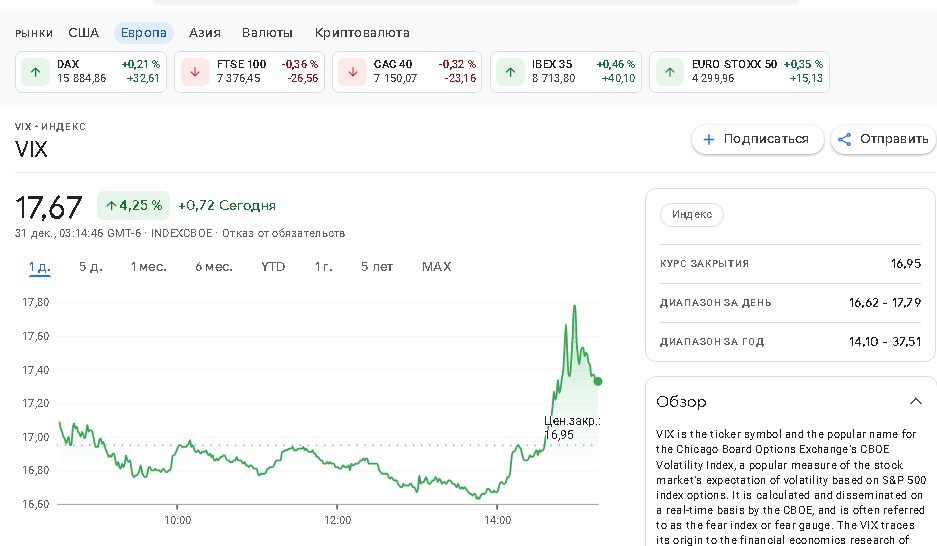
How to use volatility in the stock market
Volatility plays a rather large role in the financial market, which is why when developing special tactics, you can focus on it. Basically, experienced investors, in order to minimize risk, enter the financial market only during a period of calm, and then wait for a clear increase in activity and volatility, as there is a large range of price fluctuations. At the moment, this tactic is the most correct and profitable among all the others.
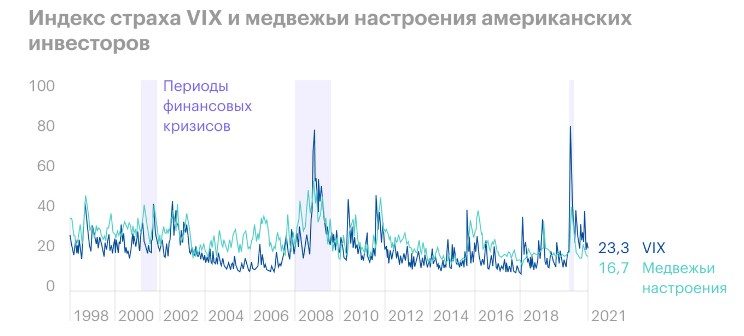
- Low volatility . This indicator can tell us that the market is not crowded with orders and it is quite balanced, that is, at a certain time the price should not change. But this is only as long as the trading volume remains the same. That is, if at any time there is a sudden change in the number of sellers or buyers in the market, then at that time the price will have to go up very strongly.
- High volatility . If an investor sees that there is high volatility in the market, then this may indicate that there is simply no point in entering the market now, since it will no longer be possible to buy anything at a bargain price. You also need to remember that this is also considered a very dangerous move, since in this case you can not only get nothing, but also trade in the red.
- Decreasing volatility . If the volatility goes down, then this is exactly the same as low volatility can tell the investor that the price will only grow in the near future and that this is the best time to enter the stock and exchange markets to search for various assets and securities .
- Rising volatility . This position of volatility can tell the investor that this is a great opportunity to enter the market and make purchases that are quite profitable for him, however, as the opportunity to open positions increases, the risk of loss also increases.
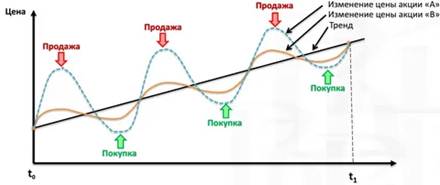
Volatility calculation
There are two types of volatility in the stock market:
- Realized or historical . This concept shows the deviation of the price from the most average indicator for any previously established billing period. You also need to know that most often volatility is measured as a percentage.
- Expected . This volatility represents the future price fluctuation that the trader expects in the near future. That is, it is considered a more predictive value. You also need to know that in most cases the expected volatility does not match the real one. This is because it is simply not possible to accurately predict the future all the time.
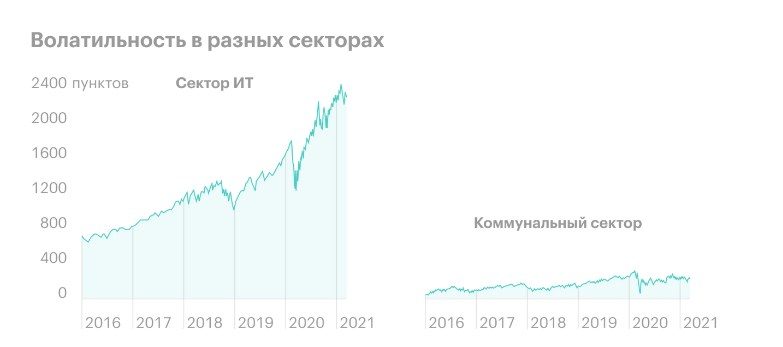
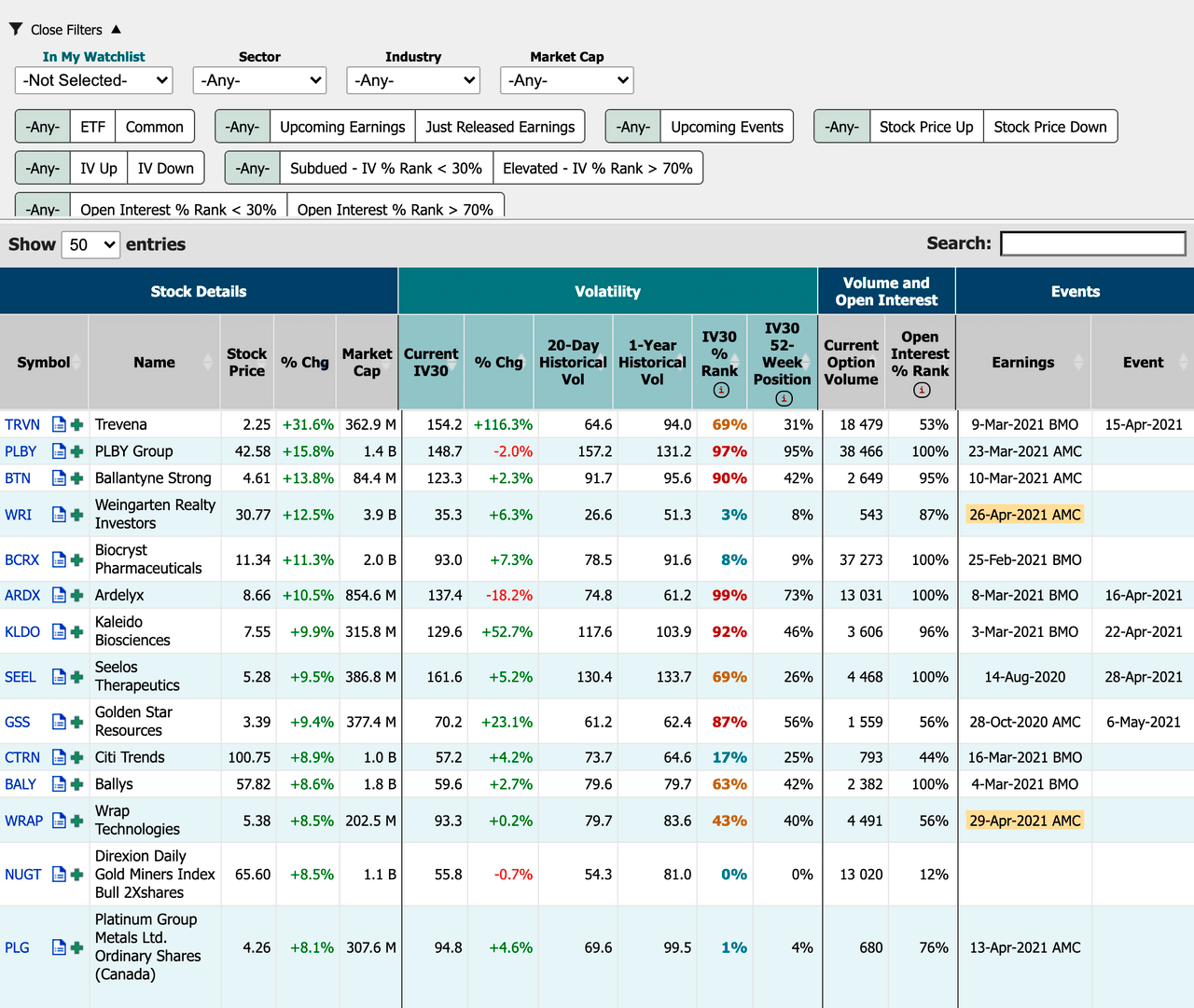
- In order to start calculating volatility, you need to open the Excel program, which is located on almost all computers.
- Upload all available data to the program, and then insert the desired formula for calculating volatility and income.
- Get the desired result in the total icon.
